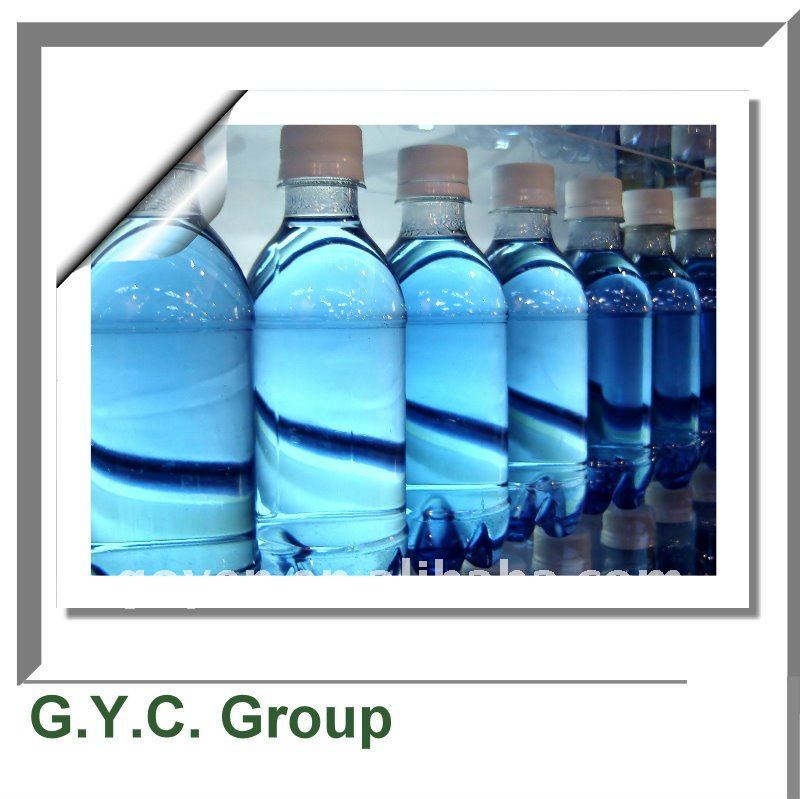 polyethylene terephthalate bottles(PET) is one of the most commonly used food grade packaging plastics due to it's chemical inertness and appealing physical properties. as with most plastics PET is derived from oil and is formed by a polymerisation reaction between an acid and an alcohol. its initial uses were as a synthetic fibre with excellent wash and wear properties as well as a substrate for video, photographic and x-ray film. as its use grew PET preforms manufacturers in india was modified for application in injection moulded and extruded products, and in the early 1970's the first three dimensional structures were produced by blow moulding techniques, initiating the rapid adoption of PET as a material for beverage bottles. Its properties as a lightweight, tough material with excellent optical properties and adequate gas barrier performance for the retention of PET bottles are manufactured by the process of injection stretch blow moulding (read more at http://www.bpf.co.uk) which was developed specifically to maximise the beneficial properties of PET.
polyethylene terephthalate bottles(PET) is one of the most commonly used food grade packaging plastics due to it's chemical inertness and appealing physical properties. as with most plastics PET is derived from oil and is formed by a polymerisation reaction between an acid and an alcohol. its initial uses were as a synthetic fibre with excellent wash and wear properties as well as a substrate for video, photographic and x-ray film. as its use grew PET preforms manufacturers in india was modified for application in injection moulded and extruded products, and in the early 1970's the first three dimensional structures were produced by blow moulding techniques, initiating the rapid adoption of PET as a material for beverage bottles. Its properties as a lightweight, tough material with excellent optical properties and adequate gas barrier performance for the retention of PET bottles are manufactured by the process of injection stretch blow moulding (read more at http://www.bpf.co.uk) which was developed specifically to maximise the beneficial properties of PET.The majority of the world's PET production is for synthetic fibers (in excess of 60%) with bottle production accounting for around 30% of global demand. In discussing textile applications, PET is generally referred to as simply "polyester" while "PET" is used most often to refer to packaging applications. The polyester industry makes up about 18% of world polymer production and is third after polyethylene (PE) and polypropylene (PP).
No comments:
Post a Comment